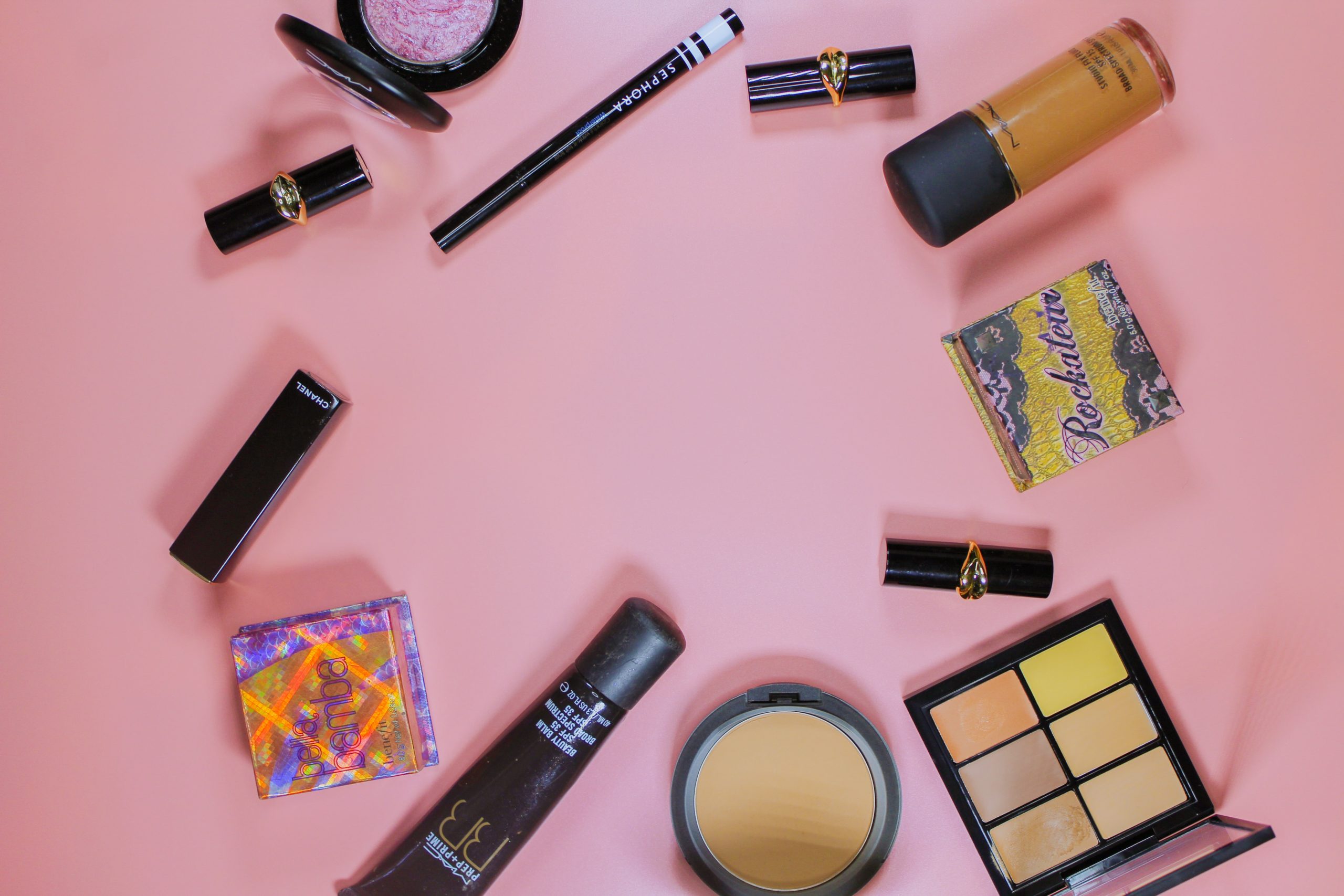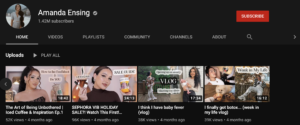
What’s Considered Brand Suitable Can Change In A Day
In January, Sephora got a rude awakening about how quickly the “brand suitability” of a YouTube channel can change in a short amount of time. The brand had partnered with a beauty influencer with over 1.4 million subscribers, Amanda Ensing, for sponsored content on her YouTube channel — which at first blush, looked like the ideal channel for a beauty brand to advertise against.
But on January 6, Ensing posted on Twitter in support of the insurrection at the United States Capitol building. Following her release of a YouTube video sponsored by Sephora later that month, left-leaning Twitter users started calling for a boycott of Sephora using the hashtag #BoycottSephora. Sephora responded to the backlash by severing ties with Ensing. The next day, right-leaning people started tweeting their support of a boycott of Sephora using the same #BoycottSephora hashtag. So basically, Sephora’s choice of this influencer was somehow able to anger both sides of the political spectrum within the span of a week. Ouch.
The lesson here? Brand suitability is not a set-it-and-forget it strategy. The YouTube channels that are aligned with your brand values on January 1st can suddenly fall out of alignment with your brand a week later based on things that an influencer does on and off YouTube. In this specific case, most of Ensing’s comments that rubbed people the wrong way were happening outside of YouTube on Twitter. Going forward, I’m sure that Sephora and other brands who witnessed this mess will work with a 3rd party that monitors YouTube channels daily (and even hourly) for suitability, and also monitors outside social media platforms like Twitter.
The problem that Sephora ran into is not an easy problem to solve, and it’s only possible through a combination of AI-driven technology and human expertise. When I first read about this situation with Sephora, I immediately checked and was glad to see that Pixability had flagged Amanda Ensing’s channel right when she started making controversial tweets. For any advertisers seeing this Sephora example and fearing the same can happen to them, make sure that whoever is handing YouTube for your brand meets the following criteria:
- Is certified by Google’s YouTube Measurement Program as a provider of Brand Suitability and Contextual Targeting
- Chooses brand suitable YouTube channels up front (based on both technology and human-curated work)
- Monitors YouTube content daily and even hourly to change the suitability of channels
- Monitors outside social platforms like Twitter that could also change the suitability of channels
- Executes the actual YouTube campaign so they can actively make changes to channels that your brand is reaching throughout the campaign
We designed our BrandShield technology with challenges like the above in mind — request a demo now to see how BrandShield can proactively deliver inclusion and exclusion lists for brand-suitable and high-performing YouTube campaigns.
